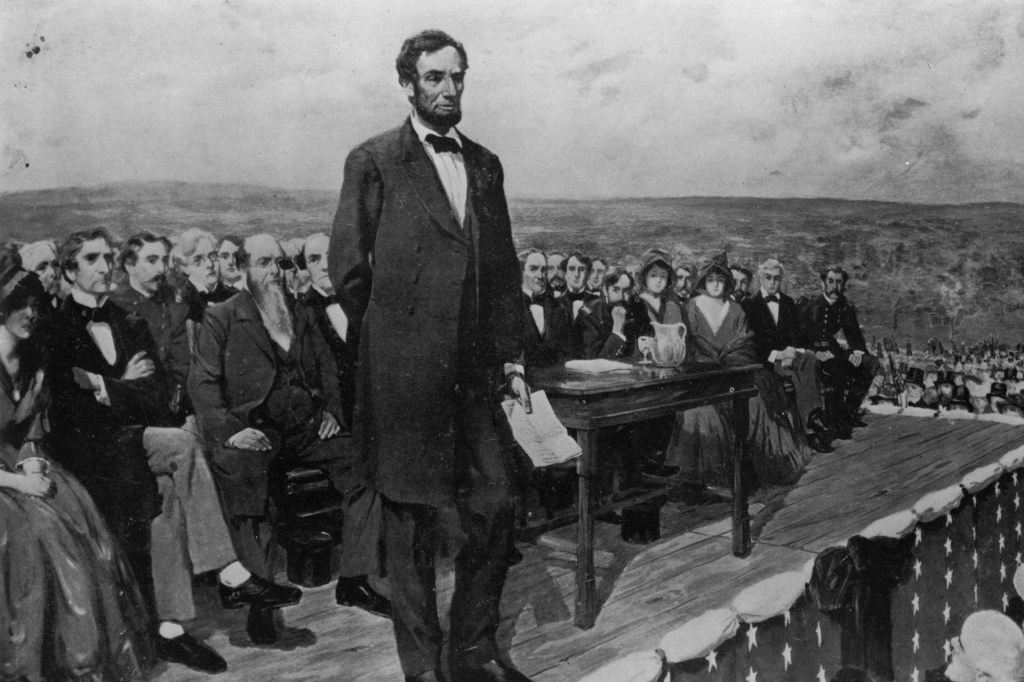Changing Times

Spring forward; fall back. That is the rule for daylight saving time. It happens every year between March and November. In spring, people set clocks ahead one hour. This helps make the most of summer’s light. In fall, clocks are set back an hour. This year, daylight saving time began on March 11.
Arizona and Hawaii do not observe daylight saving time. Soon, other states may join them.
A Case for More Sun

During daylight saving, the sun rises and sets about an hour later than before.
ALON GOLDSMITH—GETTY IMAGESFlorida is one state that wants to stop changing its clocks. Lawmakers there are working to pass a bill. It is called the Sunshine Protection Act. It would put Florida on daylight saving time year-round.
The bill was introduced by a state senator. His name is Greg Steube. “Floridians want more sunshine after work and school,” Steube told TFK. “If this bill becomes a law, we will have summer hours year-round.”
At press time, the bill had not yet passed. If it does, the U.S. Congress must approve it. Many think the change would be good for Florida’s economy. And it would save energy. It might even cut down on crime.
“It simplifies things,” says Florida state representative Heather Fitzenhagen. “We will never have to change [our clocks] back and forth again.”











